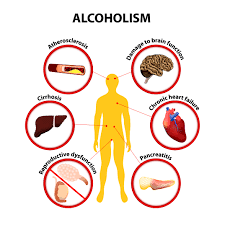What are biomaterials?
Biomaterials are the basis for the construction of all artificial organs, whether they are constructed from totally synthetic materials or fabricated from specially treated natural tissues. The term biomaterials was defined as
“Any substance or combination of substances, synthetic or natural in origin, which can be used for any period of time as whole or a part of system which treats, augments or replaces any tissue, organ or function of the body.”
The requirements and use of biomaterials varies significantly depending on the intended duration of use, the intended method of application and the function. In order to clarify these applications the classification of biomaterials with respect to the above mentioned criteria is outlined below:
Classification of biomaterials
Intended period of use on application
1. Permanent
2. Long term
3. Transient
Intended method of application
1.Reconstruction and augmentation of tissues and organs e.g. Heart valves.
2.Reconstruction and augmentation of physiological function e.g. dialysis.
3.Therapeutic applications e.g. macromolecular modulation.
Function
1. Passive: structural components
2. Active: moving structure
Based on the nature of material these can be further classified into following manner:
Metals and alloys
Stainless steel, cobalt based and titanium based alloys
Ceramics
Alumina, bioglass, hydroxy apatites
Polymers
High density polyethylene, PMMA, Teflon, silicone rubbers, etc.
Applications
The practical modifications of the composition surface and bulk properties of both natural tissue and polymers has resulted in the development of the biomedical devices available today.
Bulkwise, materials are mainly used as dental and orthopaedic implants used in other branches of medicine is more.
Although acrylic resins the methacrylates are traditionally used in dental field, materials like cellulose, vinyl chloride-copolymers, polystyrene, epoxyresins, polyesters, silicones, ceramics, metal bonded ceramics are finding more and more application.
Materials having adequate strength, abrasion resistance, impact strength, dimension, color stability, resistance to mouth fluid, food and other substances, tissue tolerance and lower toxicity can certainly find application in this field.






0 Comments